Colouring books have long been a staple of childhood, and their benefits go beyond just keeping children entertained. They offer various developmental advantages that help children grow mentally and physically. Whether colouring inside the lines or expressing themselves freely, colouring books provide a wealth of benefits that aid in children’s overall development. In this blog, we will explore how colouring books help children in different areas, from cognitive skills to emotional well-being.
- Enhancing Fine Motor Skills
- Grip Control: The act of holding and using a crayon or pencil helps children develop a proper grip. This is a precursor to learning how to write properly, an essential skill in early education.
- Hand-Eye Coordination: Colouring requires children to coordinate their hand movements with what they see on the page. This coordination is critical for future tasks like writing, drawing, and even sports.
- Improving Focus and Concentration
- Building Patience: Colouring often takes time, especially for more intricate designs. By working through a picture step by step, children learn the value of patience and perseverance.
- Concentration Boost: As children colour, they tend to focus on the task at hand, blocking out other distractions. This practice helps them strengthen their ability to concentrate in other areas, such as when studying or completing tasks at school.
- Encouraging Creativity and Self-Expression
- Freedom of Expression: Colouring allows children to express their emotions and ideas in a non-verbal way. Whether they choose bright colours to express joy or dark shades to represent sadness, colouring can be an outlet for self-expression.
- Creative Thinking: As children experiment with different colours and techniques, they engage in creative thinking. This process helps develop their ability to think outside the box and find unique solutions to problems.
- Developing Cognitive Skills
- Colour Recognition: As children colour, they become familiar with different colours and their names. This early exposure can help them learn about colour theory and improve their ability to identify and use colours in other contexts.
- Problem-Solving Skills: Choosing the right colours for specific areas of the picture encourages children to think critically. They need to make decisions about how to balance colours, which is a basic form of problem-solving.
- Memory and Attention: When colouring within the lines, children must remember the boundaries of each section and recall the colours they’ve chosen for different areas. This helps improve both short-term and long-term memory.
- Teaching Emotional Regulation
- Calming Effects: Colouring has been shown to help lower stress levels in children. It’s an activity that can be done quietly and without pressure, which helps children relax and centre themselves.
- Emotional Expression: Children can use colours to reflect their feelings. For example, they may use soothing colours like blue or green when they are feeling calm or energetic hues like yellow and orange when they are happy. Colouring helps children understand and express their emotions in a healthy way.
- Builds Social Skills
- Sharing and Cooperation: When children colour together, they have opportunities to learn about sharing resources like crayons and markers. This fosters cooperation and teamwork, as they must learn to work together on a shared task.
- Expressing Opinions: Colouring in a group setting also encourages children to express their ideas and opinions about what colours to use or how to approach the design. This helps build communication skills and boosts self-confidence.
Colouring books play an important role in the development of fine motor skills. These are the small muscle movements required for activities such as writing, buttoning shirts, and using utensils. When children colour, they need to hold crayons, pencils, or markers, which strengthens the muscles in their hands and fingers.
These small, repeated movements build the foundation for more complex motor skills that children will use throughout their lives.
Colouring also helps children develop focus and concentration. When a child is working on a colouring page, they need to pay attention to staying within the lines, choosing appropriate colours, and completing the task. This requires sustained attention and effort.
The ability to focus and complete a task from start to finish is a vital skill that will serve children throughout their academic careers and beyond.
One of the most significant benefits of colouring books is that they encourage creativity and self-expression. When children colour, they have the freedom to use their imagination to choose colours, designs, and patterns.
Colouring books provide an opportunity for children to think creatively and to develop their unique artistic abilities.
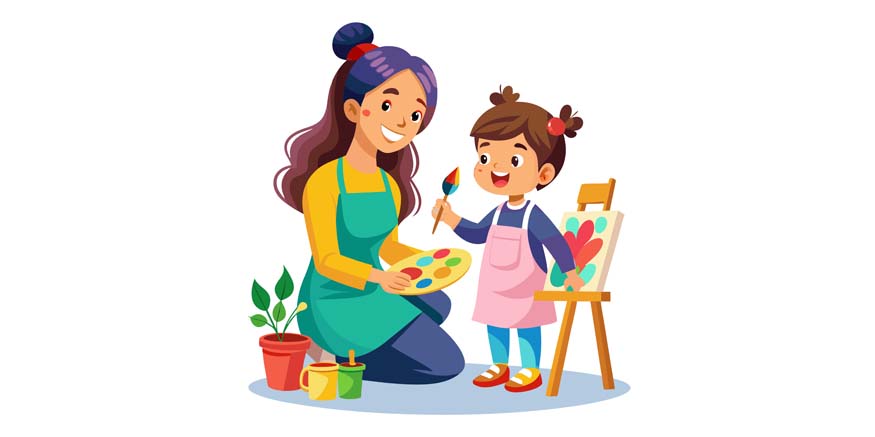
Colouring books can help boost various cognitive skills, which are crucial for a child’s intellectual development. These skills lay the groundwork for academic success.
Cognitive skills developed through colouring provide a strong foundation for children as they begin learning to read, write, and solve more complex problems.
Colouring can also help children manage their emotions. It provides a peaceful and calming activity that can reduce stress and anxiety, especially for younger children.
By providing an outlet for emotional expression, colouring helps children develop emotional intelligence and self-awareness.
Colouring books can also play a significant role in developing social skills, especially when children colour together in groups or pairs.
These social interactions provide a foundation for healthy relationships and effective communication skills in the future.
Conclusion
Colouring books are more than just a fun pastime for children. They offer a wide range of benefits that contribute to a child’s overall development. From enhancing fine motor skills to fostering creativity and emotional regulation, colouring plays a key role in nurturing a child’s growth. As children engage in colouring, they learn valuable life skills that will help them in school, social interactions, and personal growth.
At Mother’s Pet Kindergarten (MPK), we understand the importance of these activities in a child’s development. By incorporating creative activities like colouring into the curriculum, MPK ensures that children not only enjoy their learning experience but also gain essential skills for their future. At MPK, every activity is designed to support the growth of young minds, providing a solid foundation for a bright future.

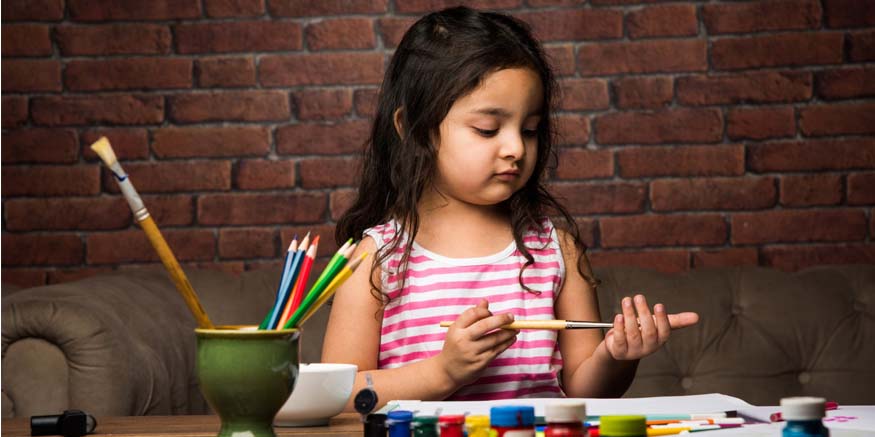
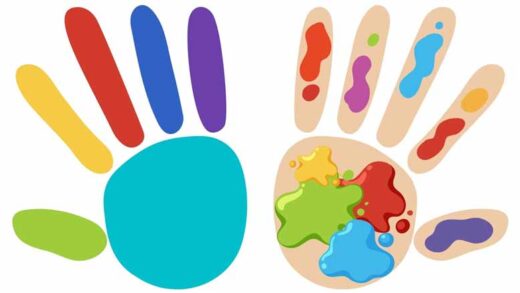

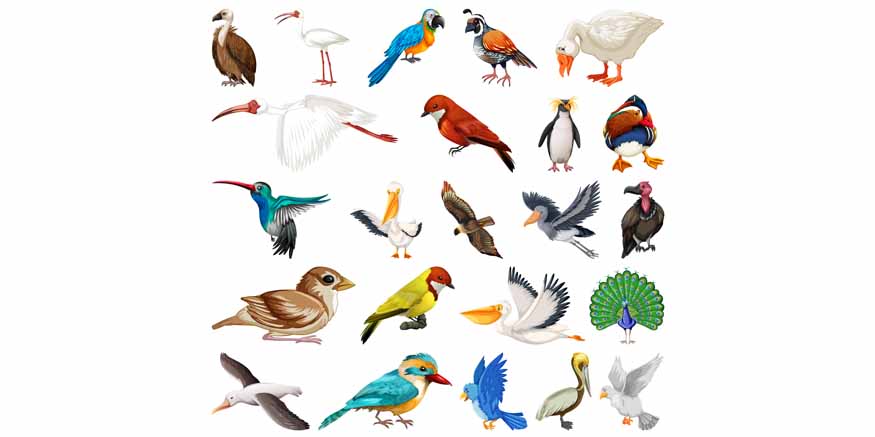

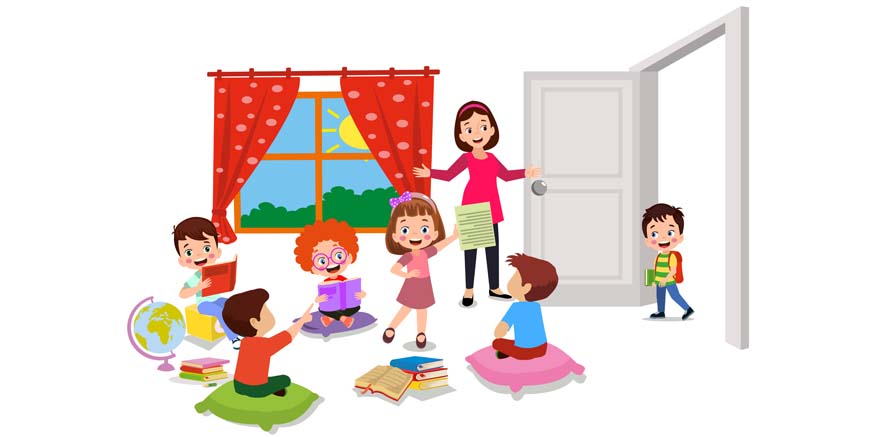

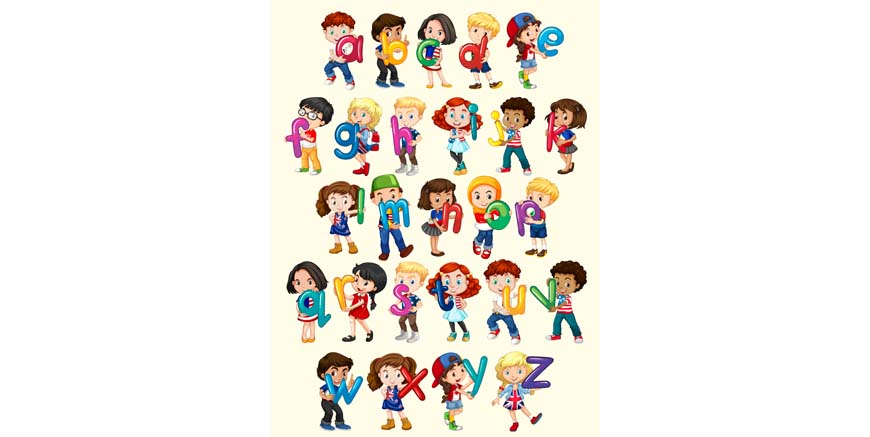

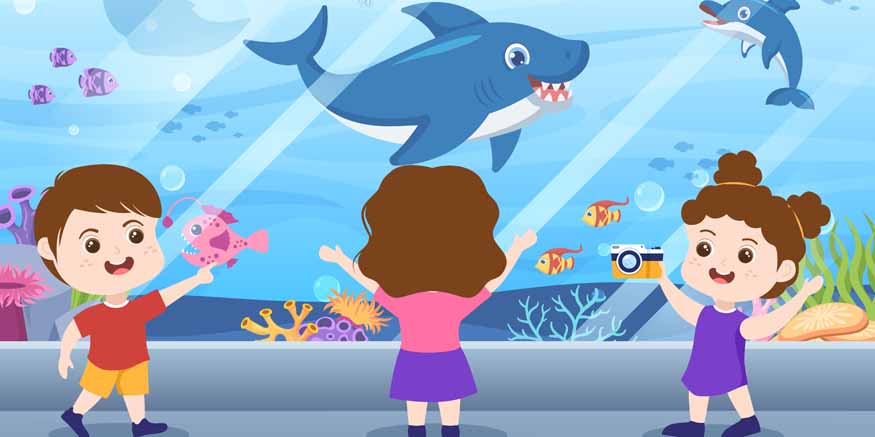
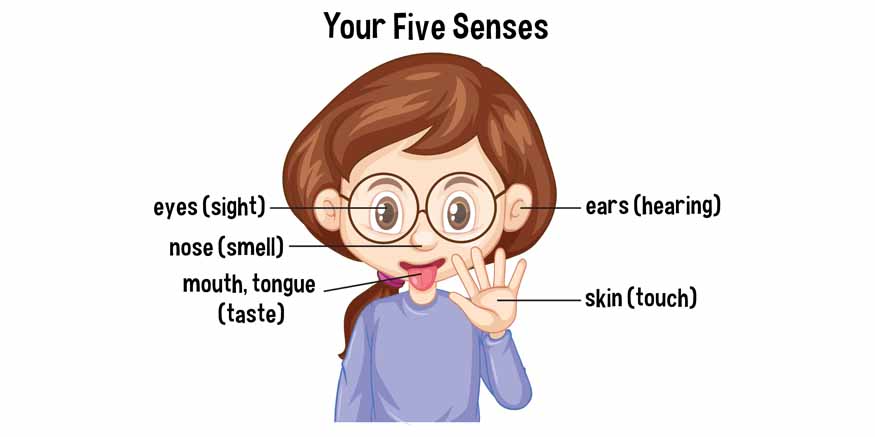

Recent Comments